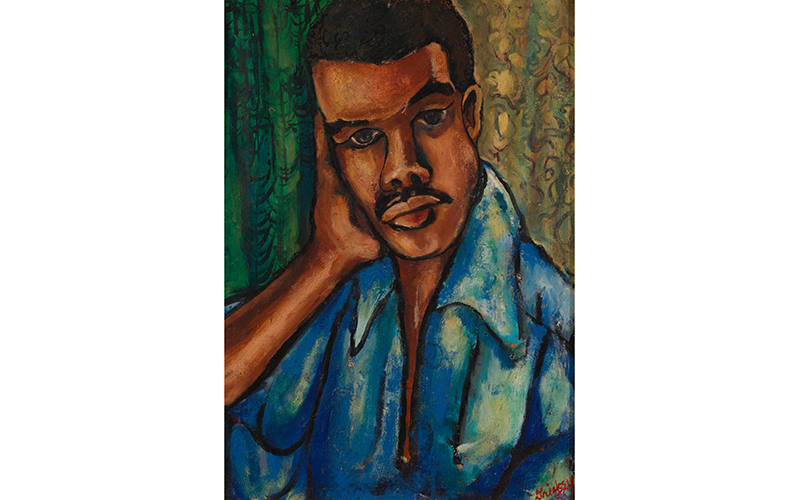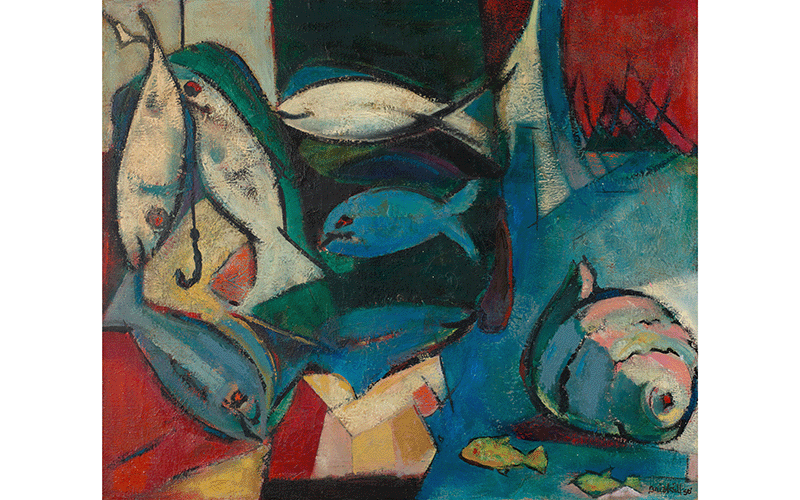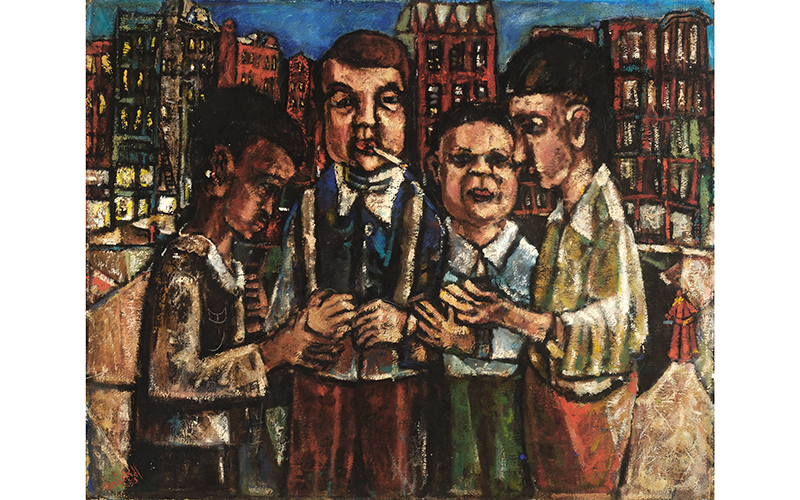- Events & Programs Home
- Calendar
- Accessibility
- Adults
-
Families & Teens
- Families & Teens Home
- 10x10 Teen Art Expo
- Art on the Rise
- Art Together: Art Making for Families with Children Ages 3–5
- Babies Sing with May Festival Minis
- Boy Scouts / Girl Scouts
- CAM Kids Day
- Family Storytime and Gallery Walk
- Family Studio: Art Making for Families with Children Ages 6–12
- Games in the Galleries
- Members-Only Baby Tours
- Public Baby Tours
- REC Reads
- Rosenthal Education Center (REC)
- Saturday Morning Art Class
- See Play Learn Kits
- Summer Camp
- Teachers
- Community Outreach
- Fundraisers
- Plan Your Own Event

- Events & Programs Home
- Calendar
- Accessibility
- Adults
-
Families & Teens
- Families & Teens Home
- 10x10 Teen Art Expo
- Art on the Rise
- Art Together: Art Making for Families with Children Ages 3–5
- Babies Sing with May Festival Minis
- Boy Scouts / Girl Scouts
- CAM Kids Day
- Family Storytime and Gallery Walk
- Family Studio: Art Making for Families with Children Ages 6–12
- Games in the Galleries
- Members-Only Baby Tours
- Public Baby Tours
- REC Reads
- Rosenthal Education Center (REC)
- Saturday Morning Art Class
- See Play Learn Kits
- Summer Camp
- Teachers
- Community Outreach
- Fundraisers
- Plan Your Own Event
The Early Work
The Early Work
- Home
- Plan Your Visit
- Art
-
Events & Programs
- Events & Programs Home
- Calendar
- Accessibility
- Adults
-
Families & Teens
- Families & Teens Home
- 10x10 Teen Art Expo
- Art on the Rise
- Art Together: Art Making for Families with Children Ages 3–5
- Babies Sing with May Festival Minis
- Boy Scouts / Girl Scouts
- CAM Kids Day
- Family Storytime and Gallery Walk
- Family Studio: Art Making for Families with Children Ages 6–12
- Games in the Galleries
- Members-Only Baby Tours
- Public Baby Tours
- REC Reads
- Rosenthal Education Center (REC)
- Saturday Morning Art Class
- See Play Learn Kits
- Summer Camp
- Teachers
- Community Outreach
- Fundraisers
- Plan Your Own Event
- Give & Join
- About
- Tickets
- Calendar
- Exhibitions
- Collections
- Blog
- Shop
- Art
- Exhibitions
- What, Me Worry? The Art and Humor of MAD Magazine
- Recall. Reframe. Respond. The Art of Paul Scott
- Rediscovered Treasures
- Special Features
- Upcoming Exhibitions
- Past Exhibitions
- Online Exhibitions
- Explore the Collection
- Provenance and Cultural Property
- Conservation
- Meet the Curators
- Digital Resources
- Art Bridges Cohort Program
Hello, my name is Julie Aronson, and I am the Curator of American Paintings, Sculpture and Drawings. I am also the curator overseeing the Cincinnati presentation of this exhibition. Today, I will be reading The Early Work section panel for David Driskell: Icons of Nature and History along with label text and audio descriptions for three highlighted works.
The paintings and drawings from the early 1950s exhibit Driskell’s formative studies at Howard University in Washington, DC, and his 1953 summer residency at Skowhegan School of Painting & Sculpture in Madison, Maine. They reveal a skilled technician and an artist poised between narrative and symbolic modes. At Howard, Driskell received studio art instruction from James A. Porter, Loïs Mailou Jones, James L. Wells, and Morris Louis. His immediate influences at Skowhegan included Jack Levine, an American Social Realist painter known for his thick impasto and expressionist figures, and artist and paint manufacturer Leonard Bocour. Skowhegan introduced modernist painting techniques to Driskell and encouraged him to become experimental, to explore flatness, abstraction, and action painting. These inclinations and influences reveal themselves in his early paintings Self-Portrait (1953), Boy with Birds, City Quartet, and Within the City.
Driskell began teaching at Talladega College in Alabama almost as soon as he completed his undergraduate studies. He was twenty-four, married to Thelma Deloatch, and had two daughters, Daviryne and Daphne. The Driskell family moved to Alabama in 1955, the year the Montgomery bus boycott began. Here Driskell finely tuned his inclinations for flat, representational painting and developed some of his earliest iconic works.
Cincinnati, OH 45202
Toll Free: 1 (877) 472-4226
Museum Hours
Museum Shop
Terrace Café
Library
Cincinnati Art Museum is supported by the tens of thousands of people who give generously to the annual ArtsWave Campaign, the region's primary source for arts funding.

Free general admission to the Cincinnati Art Museum is made possible by a gift from the Rosenthal Family Foundation. Exhibition pricing may vary. Parking at the Cincinnati Art Museum is free.
Generous support for our extended Thursday hours is provided by Art Bridges Foundation’s Access for All program.

General operating support provided by:



 Self-Portrait, 1953
Self-Portrait, 1953
 Fisherman’s Pride
Fisherman’s Pride
 City Quartet
City Quartet
